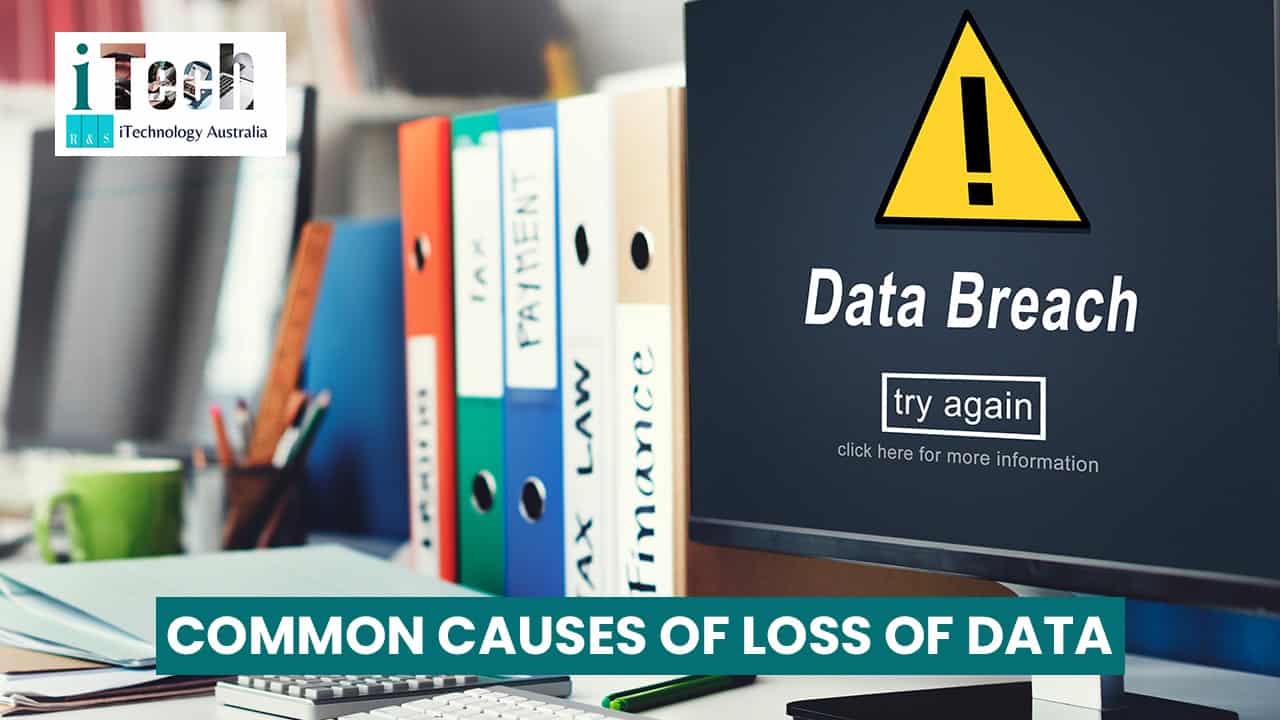
Data is something that can be lost intentionally or unintentionally when operating the phone. Important files and media are lost through deleting the data, and it can lead to permanent loss if the data has not been backed up. Apple gadgets provide this option of backing up all the files, be it documents, voice notes, notes, videos and images. To prevent data loss, there are steps taken to which this is achievable. This process is only done on your phone through Apple settings, and the steps are highlighted and detailed below.
Causes Of Data Loss
Physical Damage – A gadget or a phone can be broken, blown, or fall into water or fire, leading to external or internal permanent damage. In case this happens, only media professionals can retrieve it by accessing your drive on another computer. If the data is not backed up, there is no way to retrieve the data; it is sad to note that the data will be permanently lost.
Software Issues – Data can be erased through internal malfunctions of the phone, such as viruses and boot loops. These activities will erase the whole data from the phone in pursuit of cleaning or getting rid of the threat.
Theft or Losing the Gadget – A phone can be pickpocketed by thieves, or a person can drop it mistakenly without noticing it. This is another way in which data is lost when a person has not backed it up.
Cyber Threats – A weak security lock-up can easily be guessed and hacked. A virus can be sent to you via a link; accepting link invitations by clicking on it will spread the virus on the gadget, and it malfunctions, leading to the loss of data if it has not been backed up.
Iphone Methods For Data Protection
iPhone users are advised to enable their automatic iCloud backups just in case the data is lost; it can be retrieved by accessing their iCloud account from another device and retrieving the lost data. The following steps are on how to set it up.
- Go to settings
- Click on iCloud, then iCloud backup
- Click on Backup this phone
- Toggle on Backup now
- Ensure iCloud photos and other apps are enabled
- Verify backup at icloud.com
Top Strategies On How To Prevent Loss Of Data On An Iphone
- Stolen device protection through face ID, touch ID or voice verification
- Advanced data protection like end-to-end encryption
- Lockdown mode
- App privacy report
- Use shock-resistant phone cases
- Make use of water-resistant screen guards
- Strong the gadget away from edges to prevent dropping
- To prevent hardware damage, make use of apple verified cables
In conclusion, physically damaging phones, dropping them in water, getting them stolen, malfunctions, viruses, and hacks can lead to the loss of important data. The data may include project files, images, court evidence and many other important files and losing them without backing them up can be crucial because they cannot be retrieved. There are steps in which Backup can be enabled on an iPhone through settings and can help you retrieve your data when it is lost. The data is accessible through logging in to the cloud online. iTechnology Australia is one of the best tech companies that can help you restore your lost data and repair your damaged gadgets.













